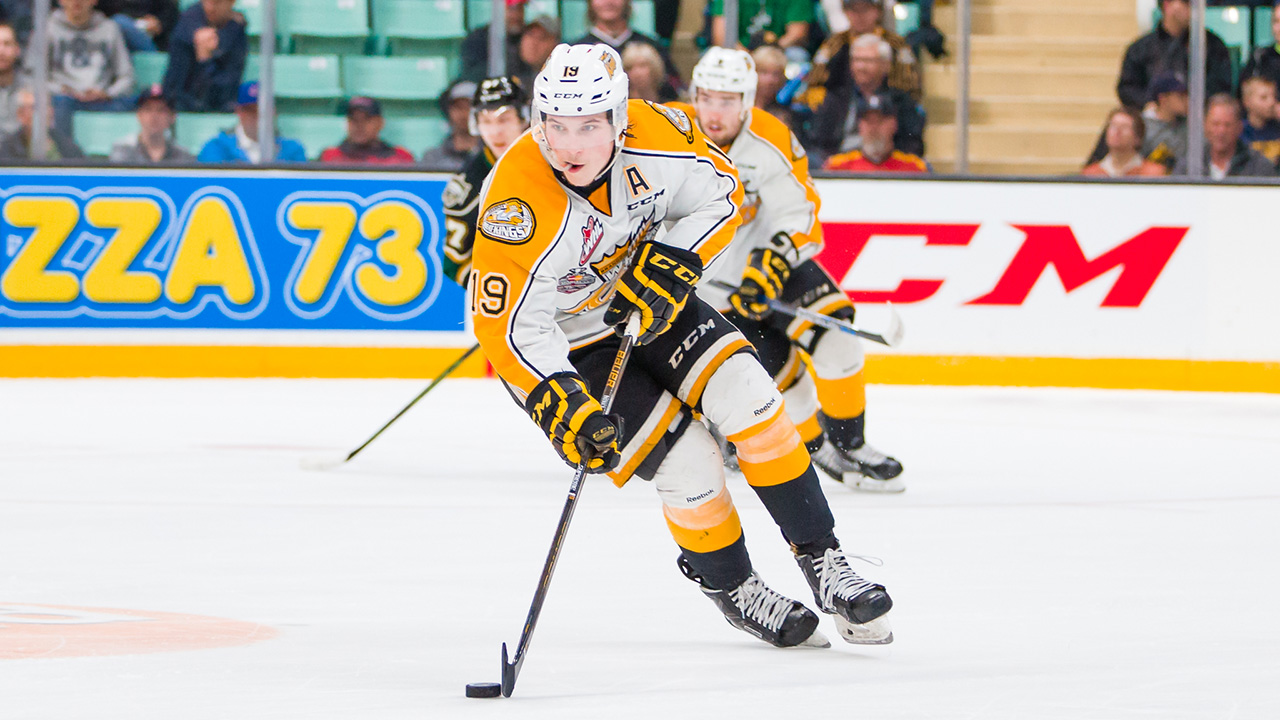Detroit has many nicknames — The D, Motor City, Rock City, Motown — but from a sports perspective it will always be Hockeytown.
The epicentre of it all for the past 38 years has been Joe Louis Arena. And at the end of the year it will close for good.
I went to Detroit in March expecting to learn what the arena meant to the people and the city. And I learned it’s the people and the traditions that make the place what it is.
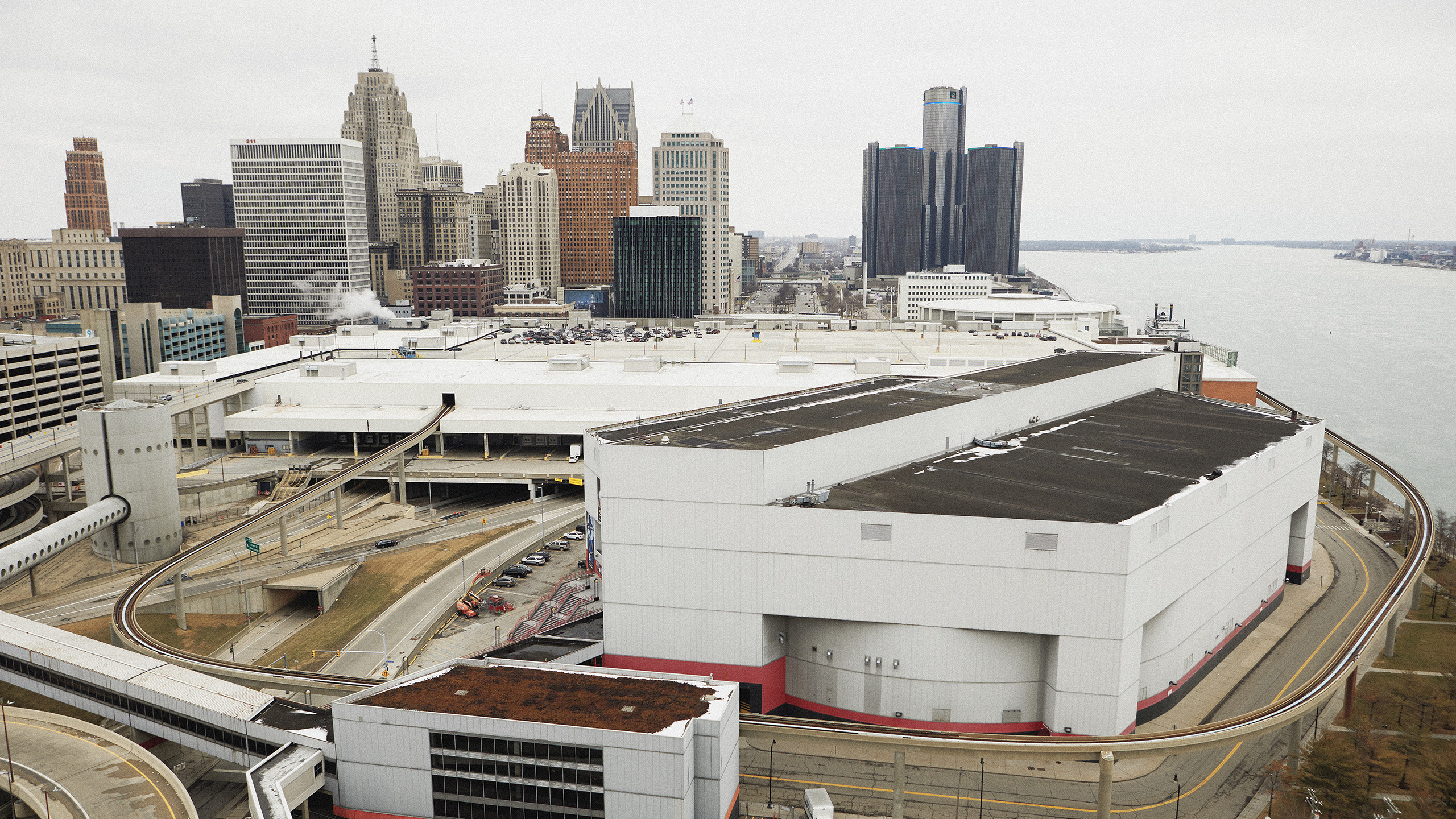
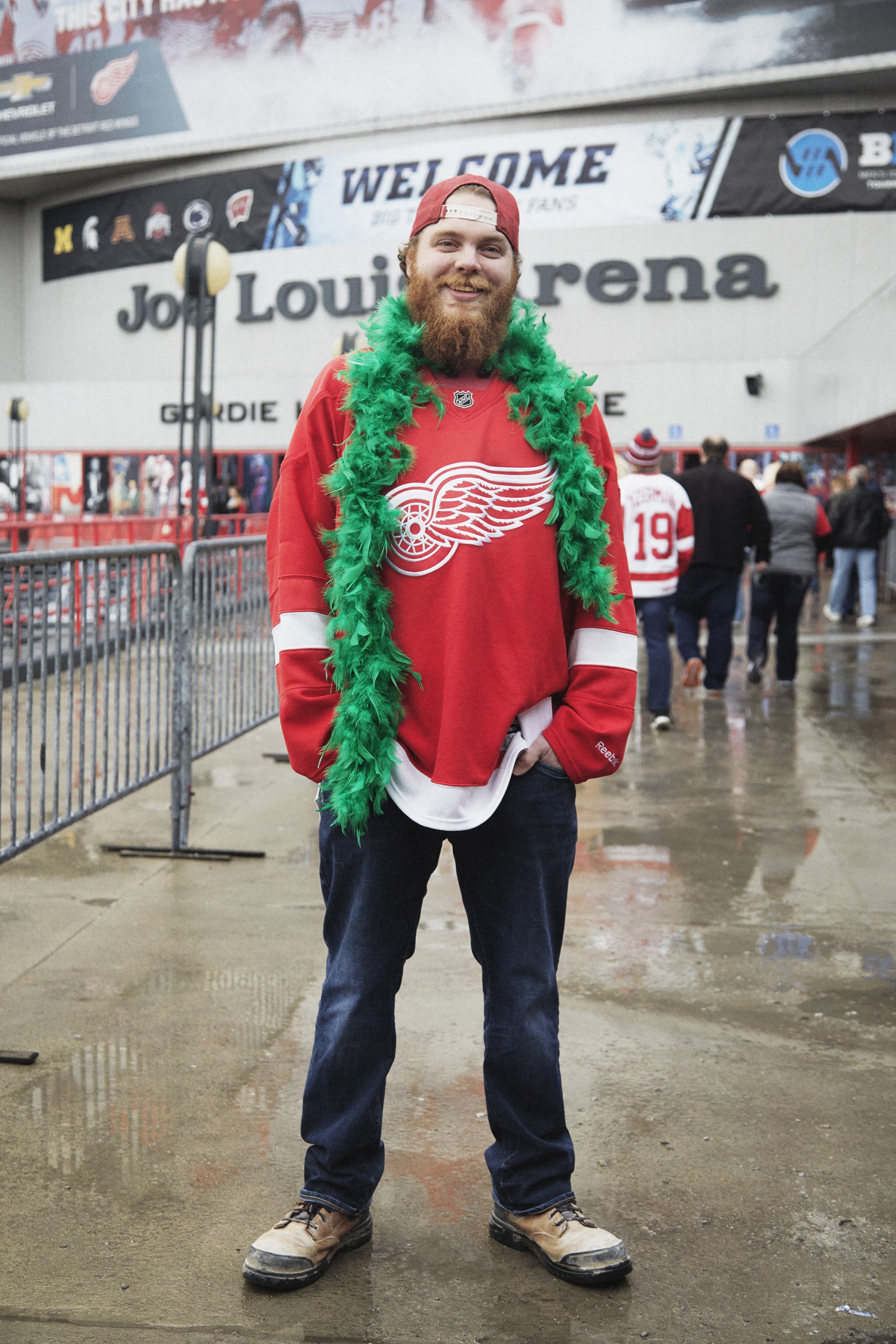
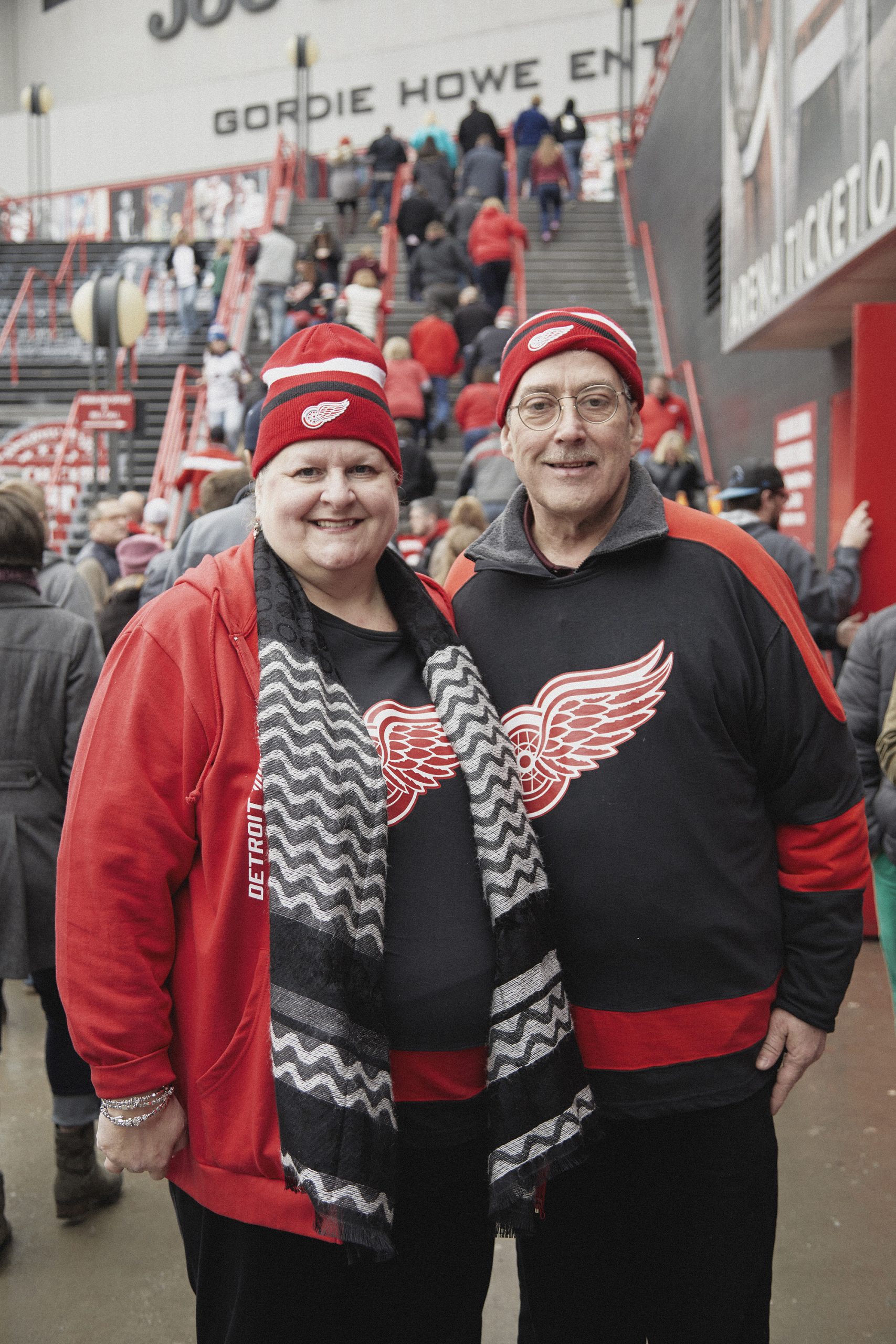
The Red Wings just saw their 25-year playoff streak snapped, but it was still apparent in the final days of Joe Louis why it earned the moniker “the largest community rink in North America.”
Part of the community atmosphere is due to the number of locally grown stars on the current squad. Four players on this team are from the state of Michigan. Deb Roest (pictured above) from nearby Muskegon is here because the best player her hometown has produced, Justin Abdelkader, is a Red Wing.
“We’ve got three buses here from Muskegon just to cheer on our hometown boy. We all know his mom and we couldn’t be more proud of him and our team,” Roest says.
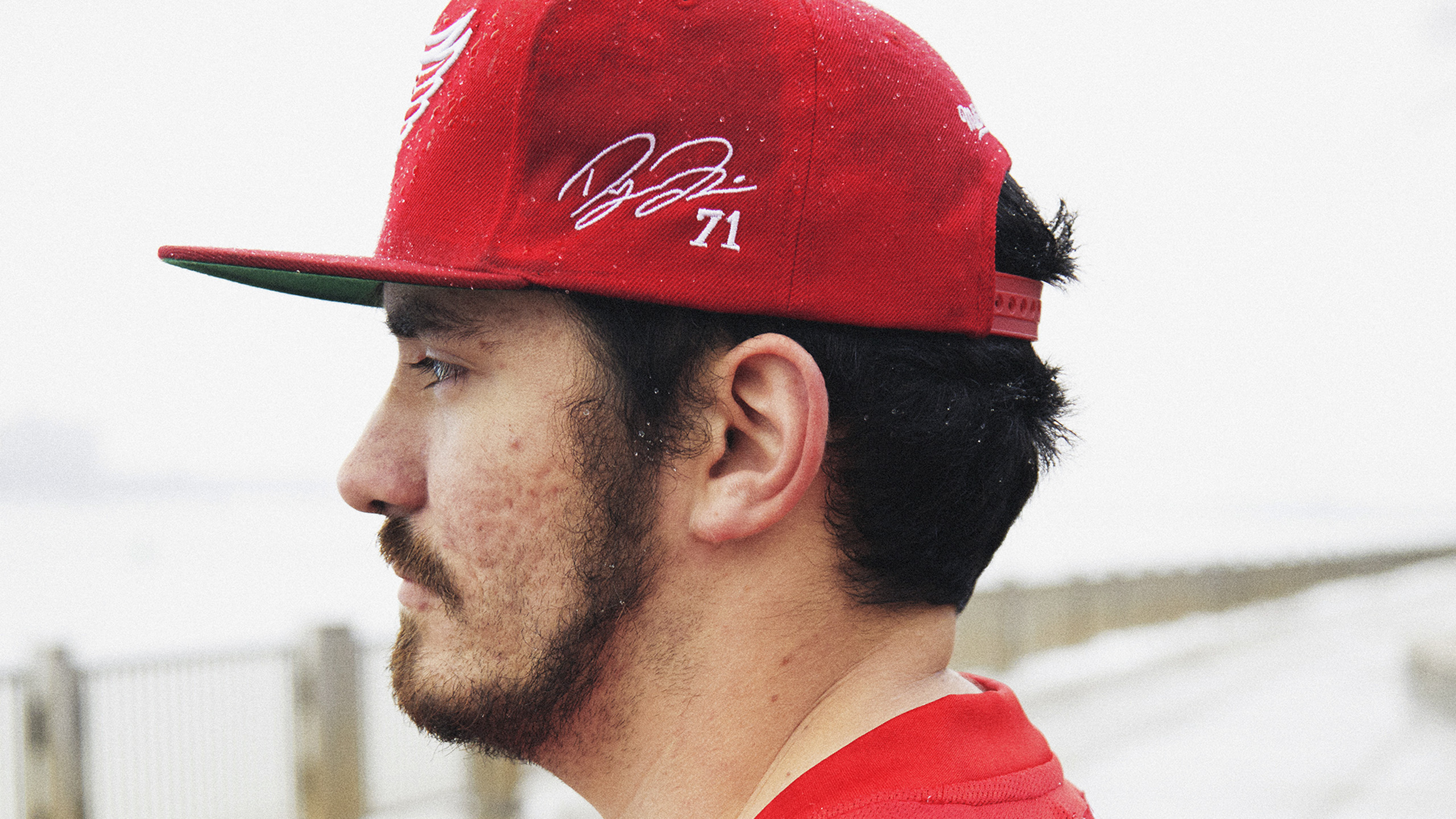
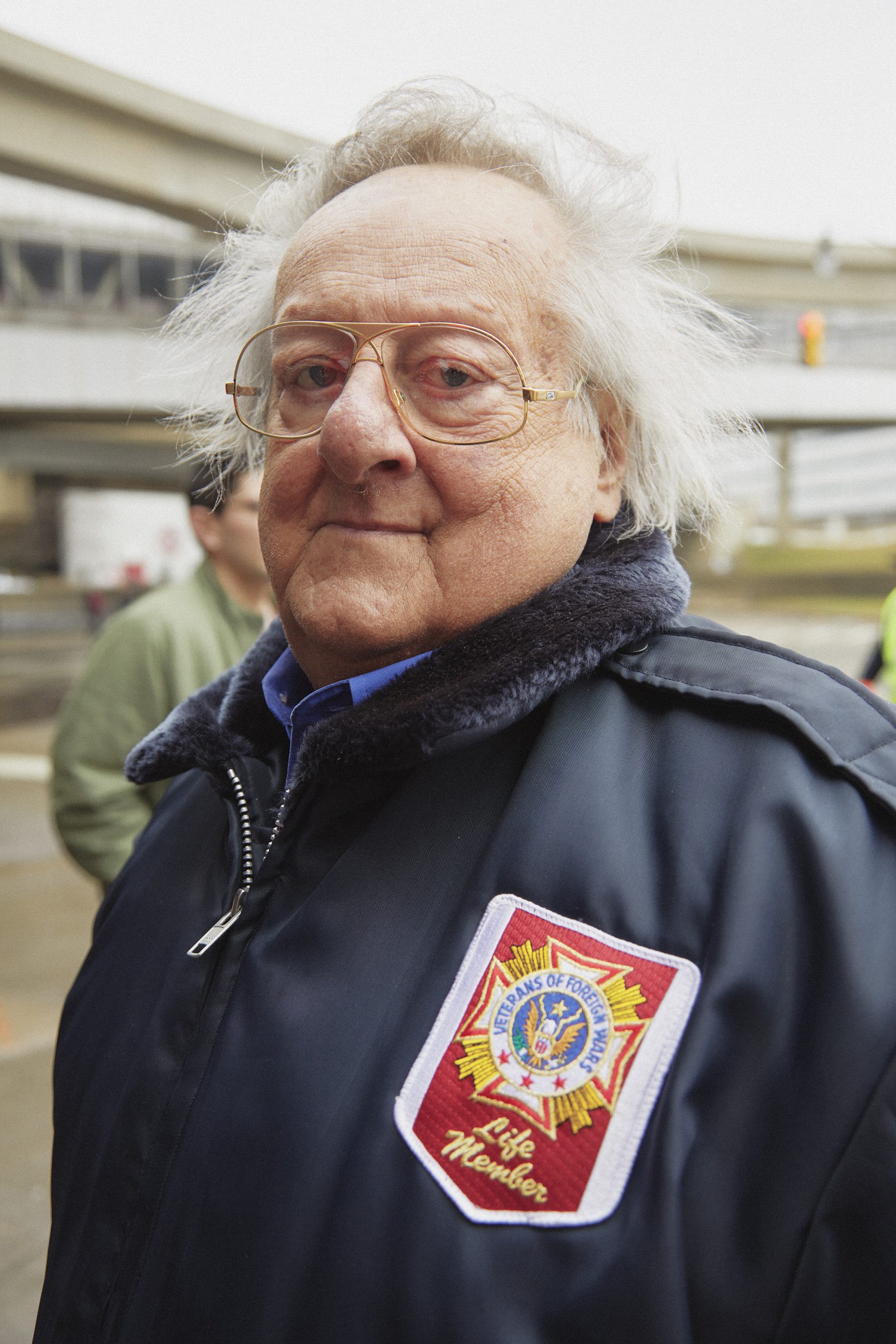
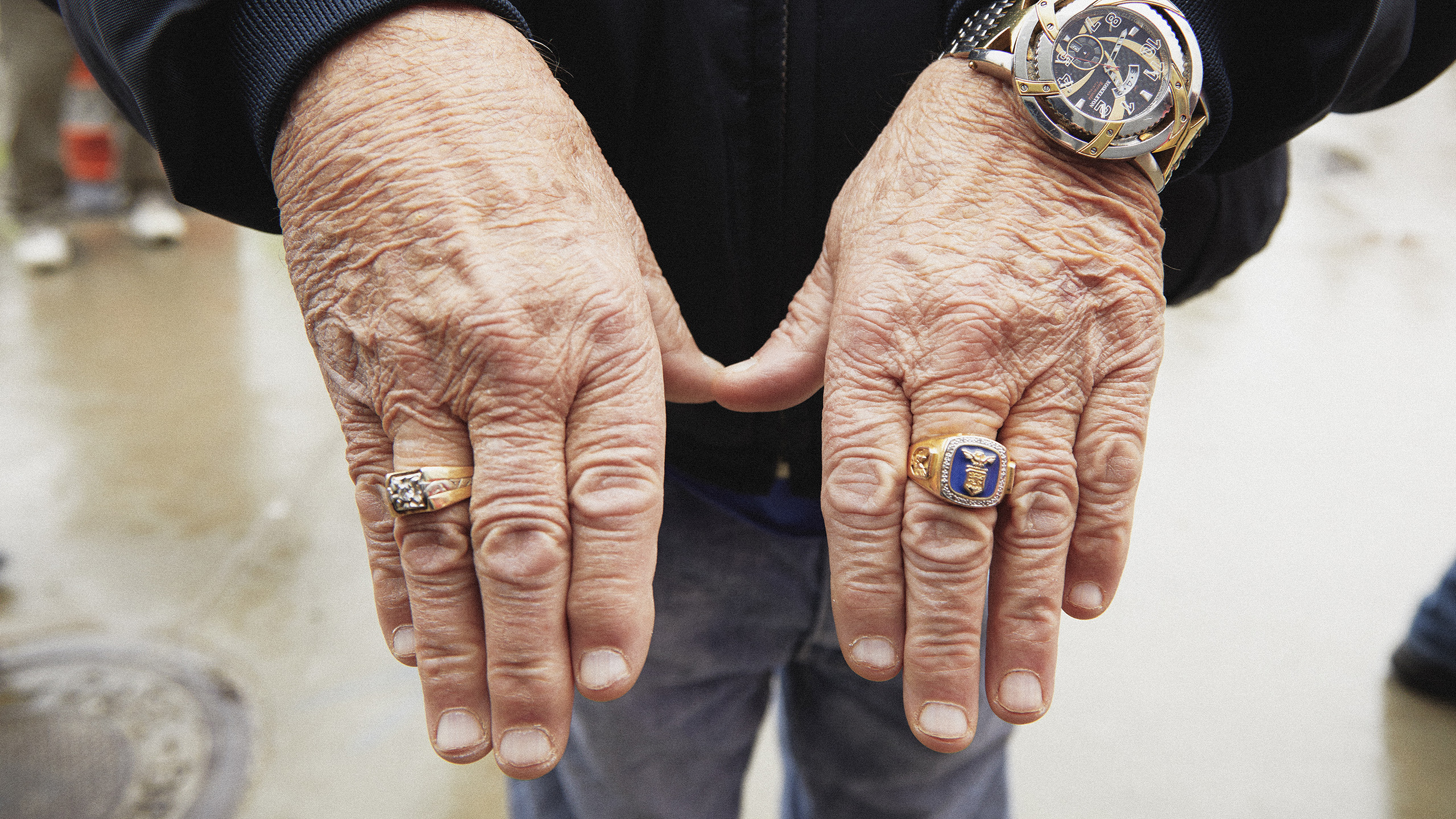
Every person I talked to used the adjective “blue-collar” to describe the building, franchise and the fans.
Bernie Whickstram (pictured above), a war veteran, has watched generations of hockey both at Joe Louis and at the Olympia, which preceded it. He didn’t hesitate when asked to describe the connection between the team and the fans.
“This is a working-man’s town,” he said. “This is a place where the everyday Joe would come and spend his hard-earned money.”
Red Wings attendance has stayed strong through the years despite the downturn in the economy and the loss of auto-industry jobs that forced many to move away. In the 1950s, two million people called this city home. Now that number has dwindled to 700,000.
All this helps explain why the fanbase as a whole loves the players who weren’t afraid of the dirty work. Although the “Russian five” are celebrated, Wings fans are still more likely to bring up the “Grind line.”
“We had some flashy players come through here, but when we were at our best is when we got down to work and would grind,” explained Kirk Maltby (below, in suit), a four-time Stanley Cup champion as a member of the Red Wings. “That is Detroit — working on that line. That is what this organization is like top to bottom.”
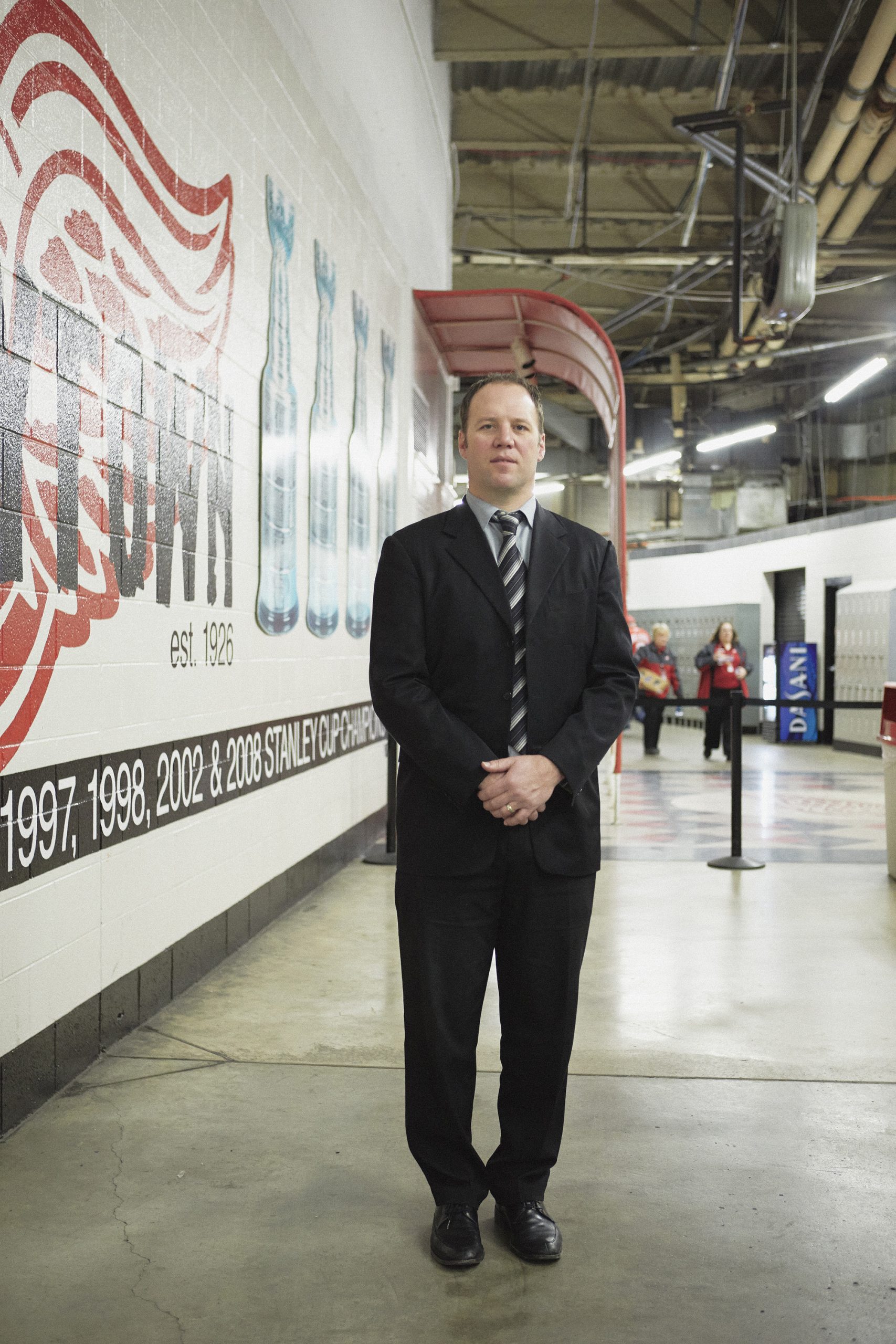

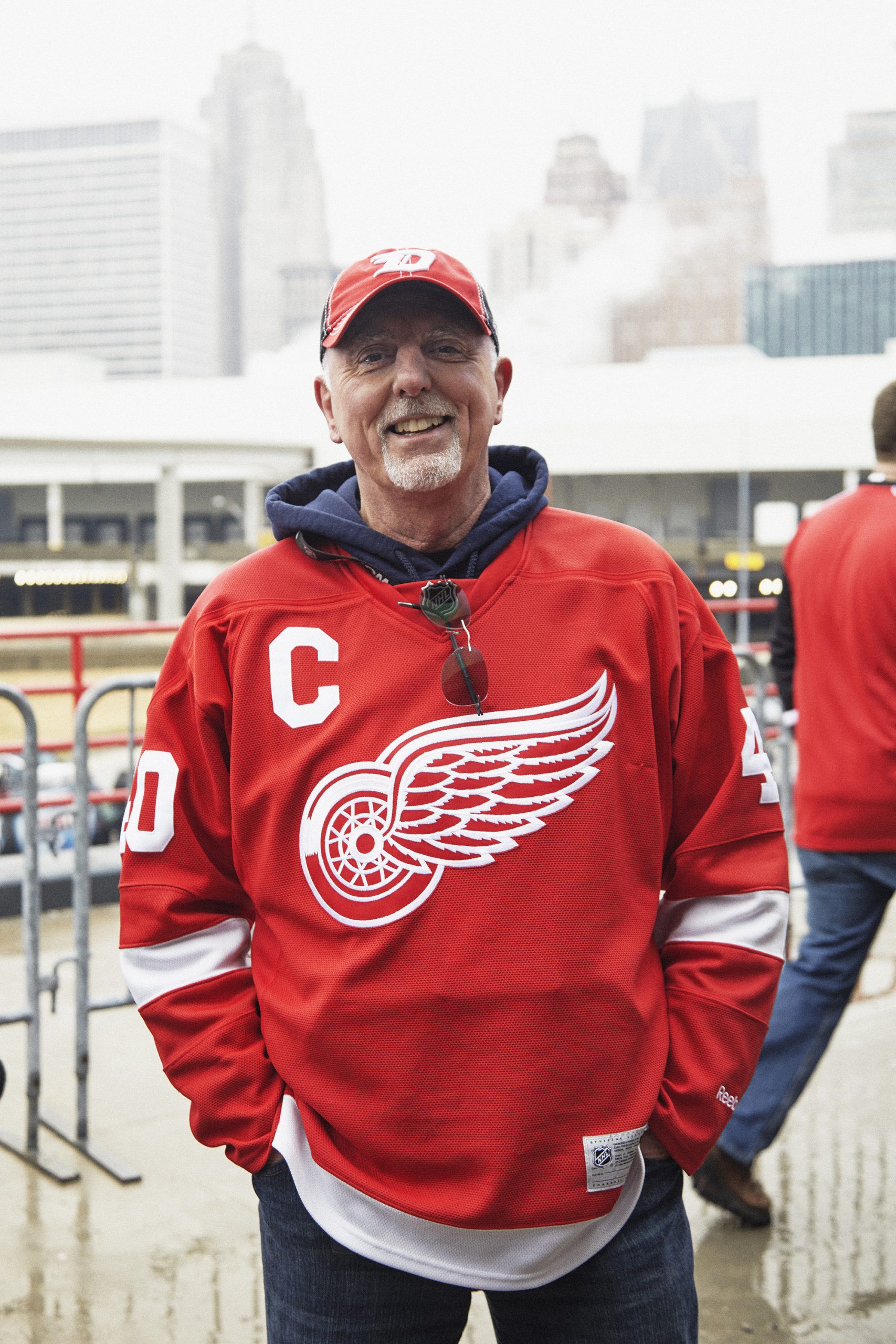
Doing an unscientific poll of Red Wings fans in and around the arena, the most popular player to come through the franchise is not “Mr. Hockey” Gordie Howe — instead, it’s Ted Lindsay, who not only was known for dominating play but also for climbing into the stands to whack a fan. There was always a chance he’d end a game with more stitches in his face than shifts on the ice, but his unapologetic style made him revered.
The space in front of Lindsay’s statue in the concourse is a virtual selfie station. In talking about him, Mike Babcock referred to him as “Mr. Lindsay” and his normally booming voice dropped to a whisper.
Joe Louis’s replacement, Little Caesars Arena (pictured below, in progress), is part of an overall midtown revamp that is expected to drastically change the city’s economy.
Little Caesars is owned by the Ilitch family, as is the conglomerate that runs the Red Wings — so it’s no coincidence that’s the name featured on the top of the new building. Selling out naming rights to the highest bidder wouldn’t fly in Detroit.
Ford Field and Comerica Park aren’t seen as buildings with corporate names, but instead as reminders to the world that big business can start and survive in Detroit.
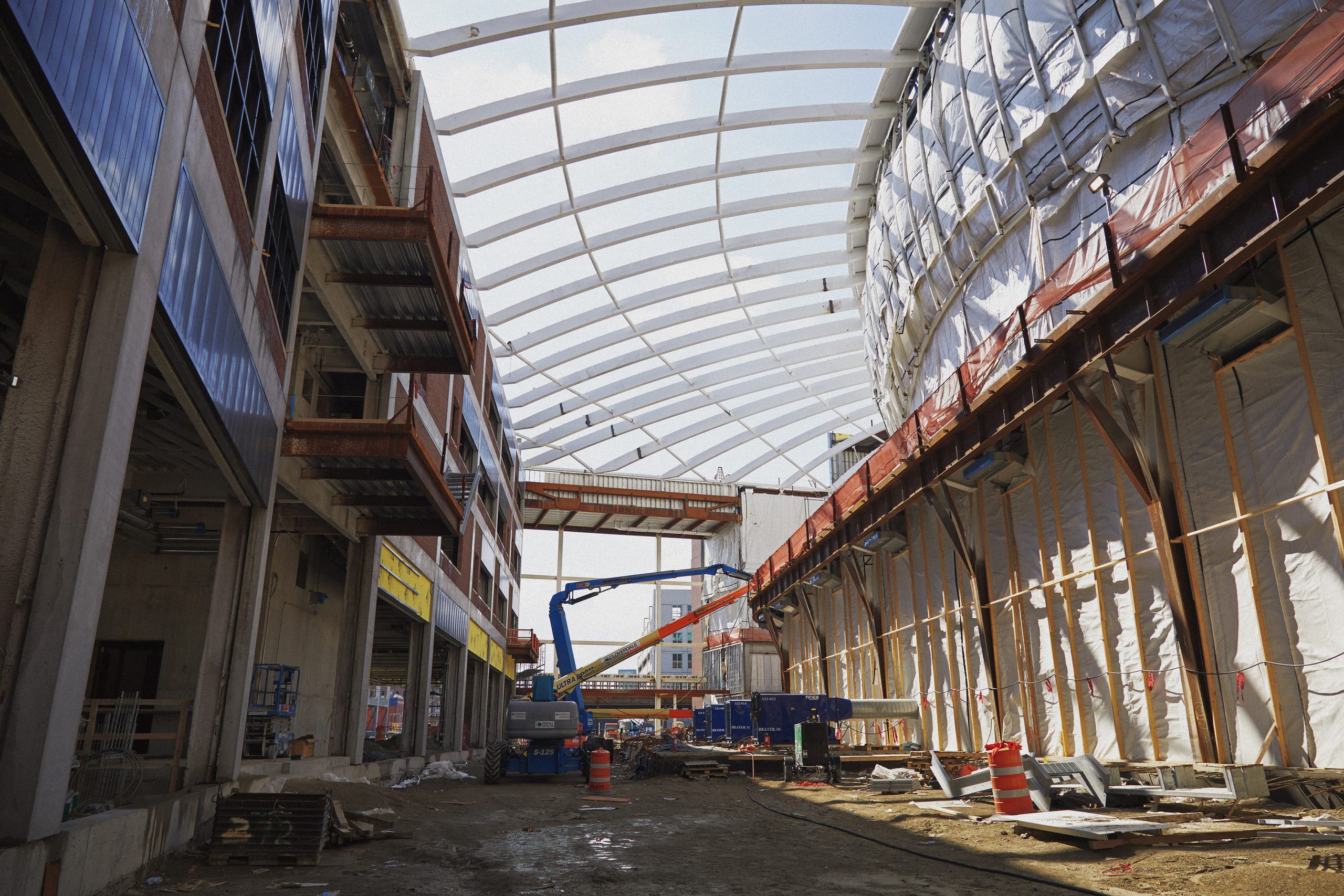
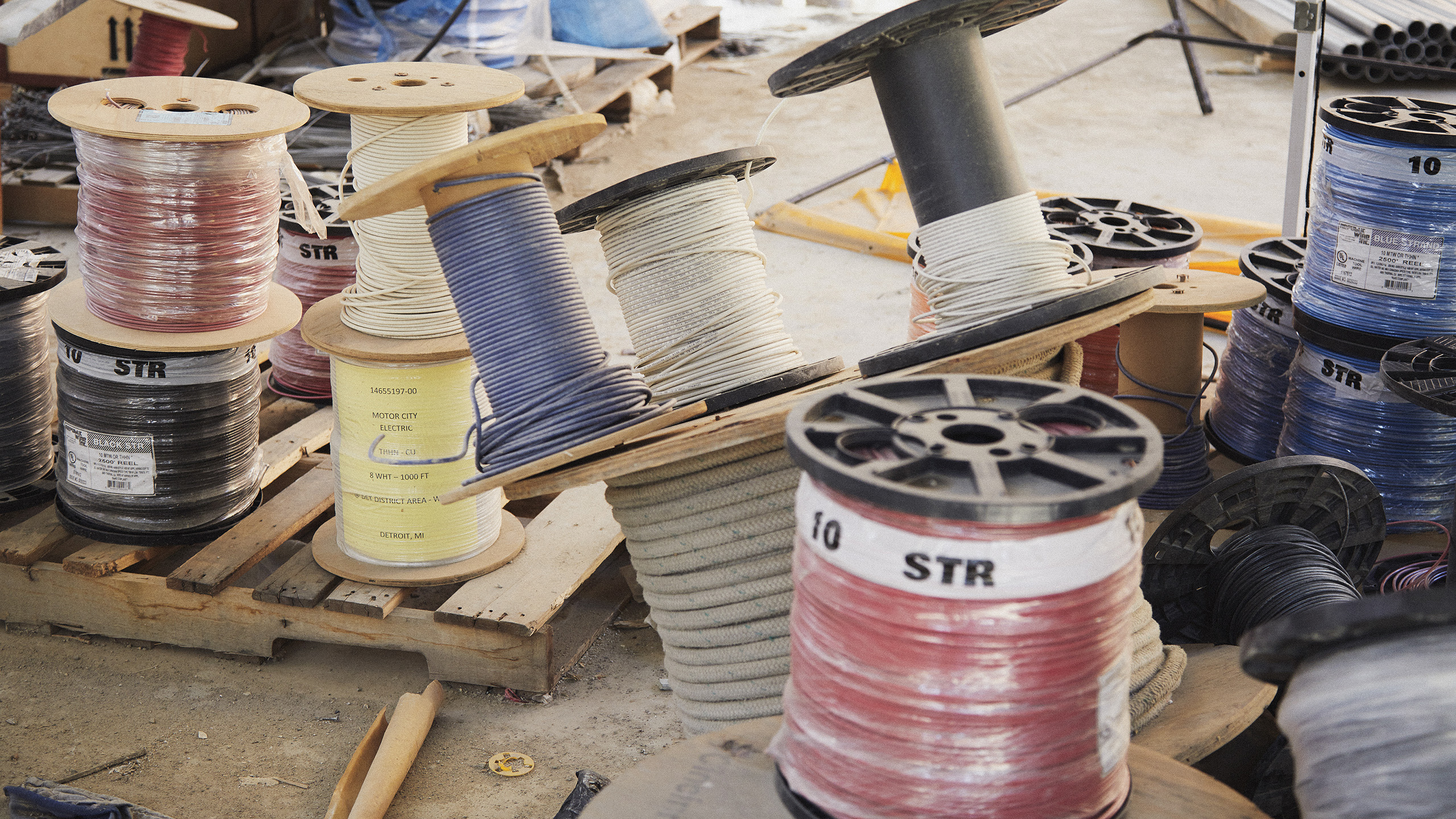
Many interior elements will be transported from the Joe to the new arena. Still, as in any move, something will be lost.
“[The Joe] just has a lot of charm that you can’t build into a new arena,” Maltby warned.
Al Sabotka (pictured below), the Zamboni driver famous for giving away rides and swinging octopi over his head to incite the crowd, would agree.
“The arena has a lot of character,” he said. “It has a smell to it. Not a bad smell — it’s a good smell that people like.”
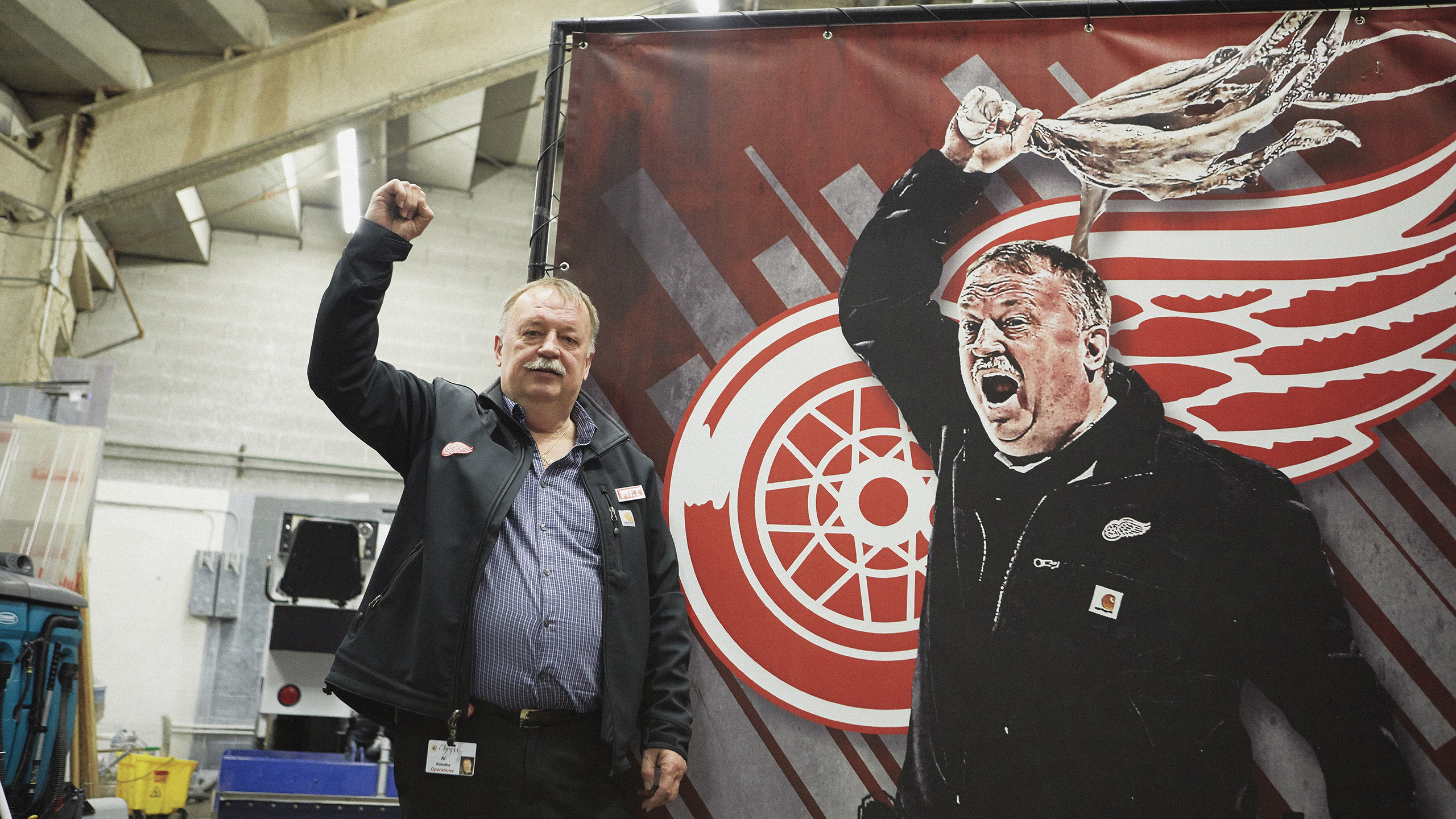
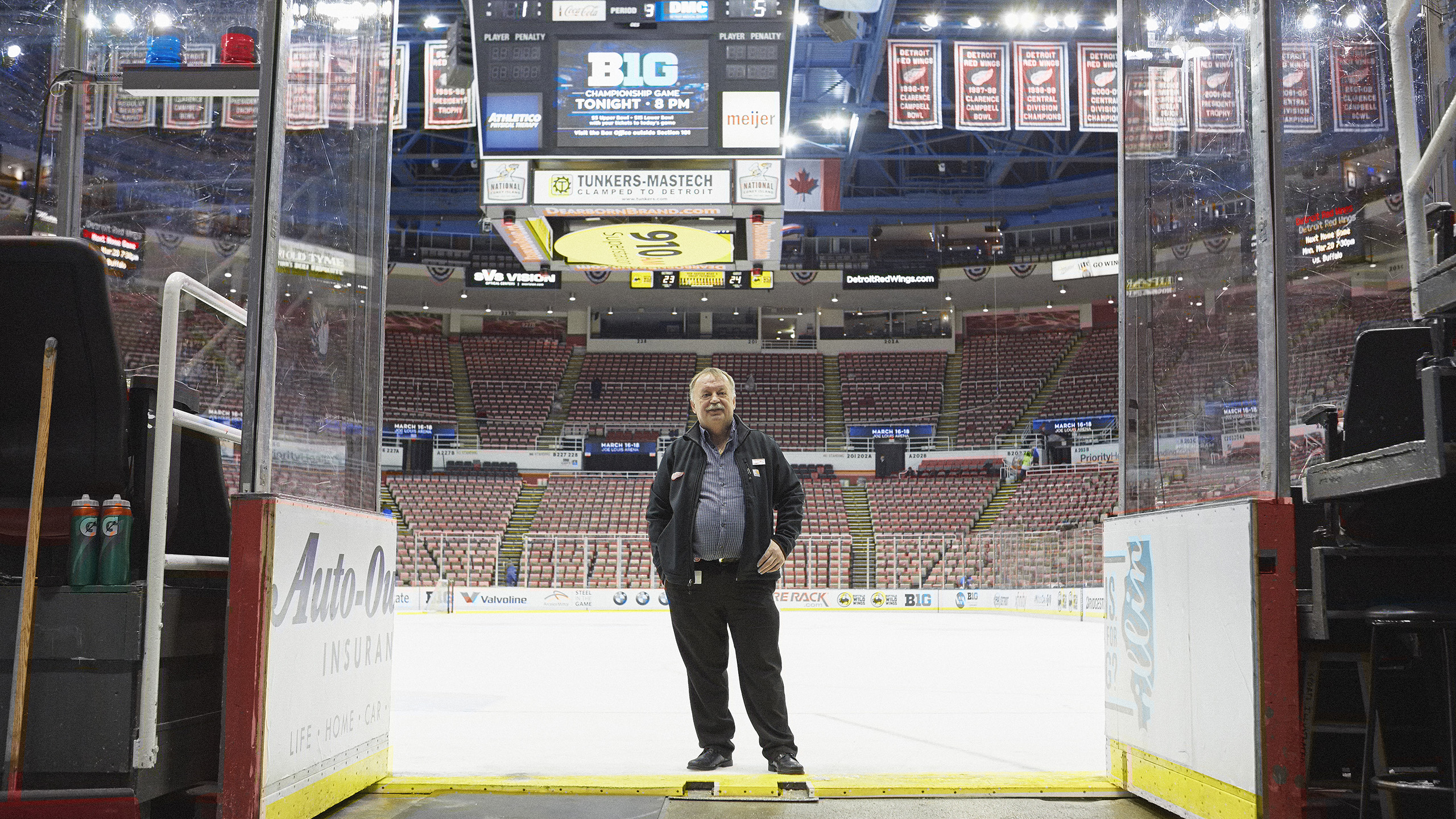

As the game I attended wound down, Journey’s “Don’t Stop Believing” echoed from the Joe’s creaky old PA system across the sea of fans during a break in play. By the time Steve Perry sang “Born and raised in South Detroit…,” the crowd had easily drowned him out. They also outlasted him, continuing to sing well after the music had stopped and play resumed.
The new building’s state-of-the-art sound system may blow this one away, but it’s qualitative quirks like this that make the Joe one of a kind.
“This building has a lot of charm,” Maltby said. “Something you can’t just build into a new arena.”
The hope is that not just the winning, but the traditions follow the Red Wings to their new home.



